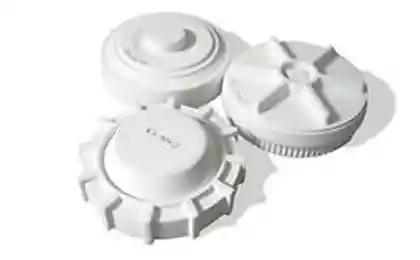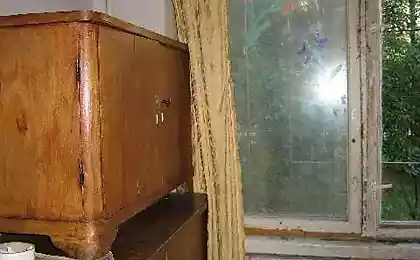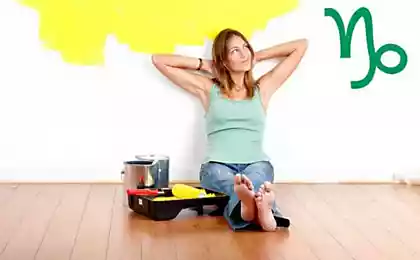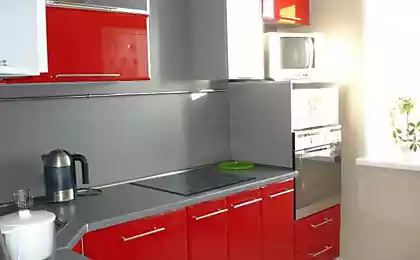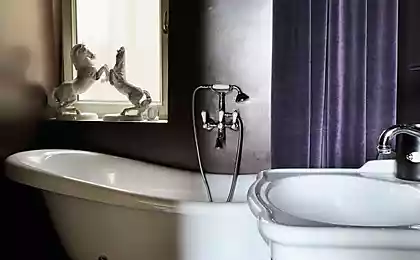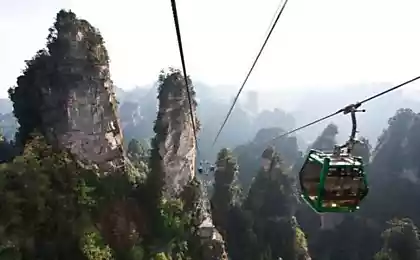136
Plasterboard suspended ceiling
Since plasterboard ceilings entered the arsenal of master finishers, many years have passed, but they still do not lose their popularity.

Owners of apartments who are faced with the need to choose a way to finish the ceiling, it will be useful to learn and analyze all their advantages and disadvantages.
In the middle of the twentieth century, drywall made a revolution in the field of finishing technologies and is certainly one of the greatest inventions of mankind.
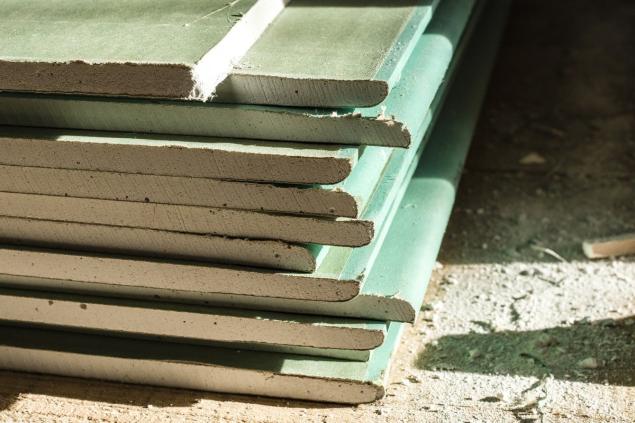
Knowing its properties, you can avoid unpleasant surprises and alterations directly during repairs and during further operation of housing.
Advantages of drywall
The disadvantages of drywall
Obviously, plasterboard ceilings have their strengths, but are not without significant drawbacks. Therefore, the choice of finishing method everyone has to do independently, based on the comparison of cost, time costs and associated inconveniences.

Owners of apartments who are faced with the need to choose a way to finish the ceiling, it will be useful to learn and analyze all their advantages and disadvantages.
In the middle of the twentieth century, drywall made a revolution in the field of finishing technologies and is certainly one of the greatest inventions of mankind.

Knowing its properties, you can avoid unpleasant surprises and alterations directly during repairs and during further operation of housing.
Advantages of drywall
- Plasterboard systems They allow you to implement the most daring and extraordinary projects, create various geometric shapes and unusual figurative details on the ceiling.
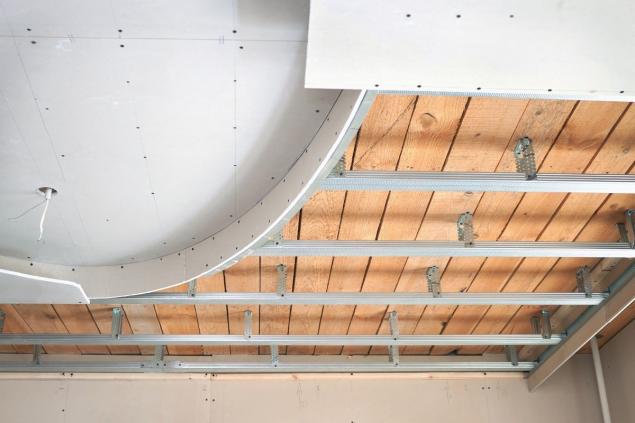
This allows you to change the house for yourself, making it as comfortable as possible. And for this it is not necessary to spend huge funds. - Drywall does not contain toxic substances (no wonder gypsum is widely used in medicine), is odorless. Fire safe, bad burn.
- Another very important quality of plaster, and therefore drywall, is the ability to “breathe”. Gypsum absorbs excess moisture at high humidity and gives it back if the air is dry. This property of gypsum gives additional comfort to rooms with plasterboard ceilings.
- Drywall allows you to quickly and economically hide the existing defects and shortcomings of ceiling plates without tedious work on cleaning the ceiling from the old finish. Under the sheets of drywall, it is convenient to hide wires and communications.
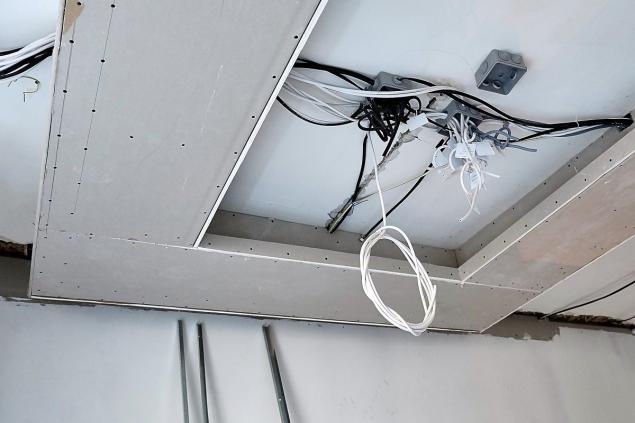
- Plasterboard ceiling allows you to mount any type of lighting. Point lamps, LED lighting in multi-level structures focus on functional areas, visually delineate and organize the living space.

The disadvantages of drywall
- A serious disadvantage of drywall ceilings is insufficient moisture resistance. In wet rooms, a special moisture-resistant drywall is used, but it will not stand in case of a serious leak.
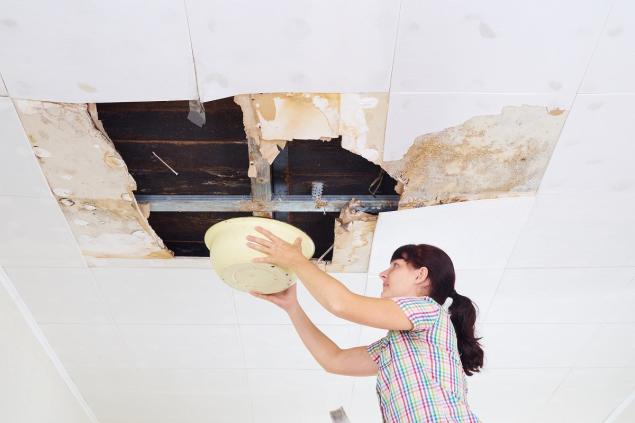
Unlike stretch ceilings, drywall with long-term direct contact with water is deformed, soaked and eventually destroyed. - Newly built houses for 1-2 years shrink, so plasterboard ceilings in new buildings can be covered with cracks.
- Framework plasterboard Reduce ceiling height by 7-10 cm, which can be a problem in homes with low ceilings.

- The disadvantages include the heavy construction (1 sq. m of sheet weighs 15-20 kg), as well as the size of the plates themselves (length about 2.5 m, width 1.2-1.3 m and thickness from 8 to 24 mm). Therefore, the installation of the ceiling will have to do at least two.
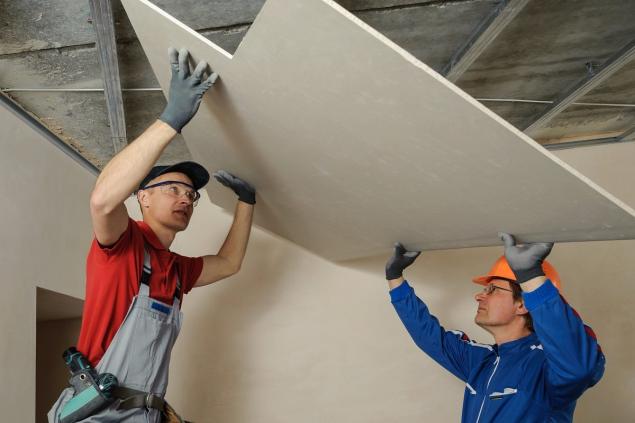
- On the Internet you can read that plasterboard ceilings have sound insulation properties. Meanwhile, the soundproofing coefficient of the drywall itself is small, and an improperly mounted ceiling can exacerbate the problem, causing a "drum effect." This can be avoided by eliminating the “sonic bridges” that transmit vibration. Therefore, it is recommended to install the drywall ceiling on a special anti-vibration fastener - vibration suspension with an elastic gasket that blocks sound vibrations. It is also necessary to avoid tight adjoining the suspended ceiling to the walls.
- Drywall is a fragile material, which means that you need to be extremely careful when transporting it and during installation.

Obviously, plasterboard ceilings have their strengths, but are not without significant drawbacks. Therefore, the choice of finishing method everyone has to do independently, based on the comparison of cost, time costs and associated inconveniences.








